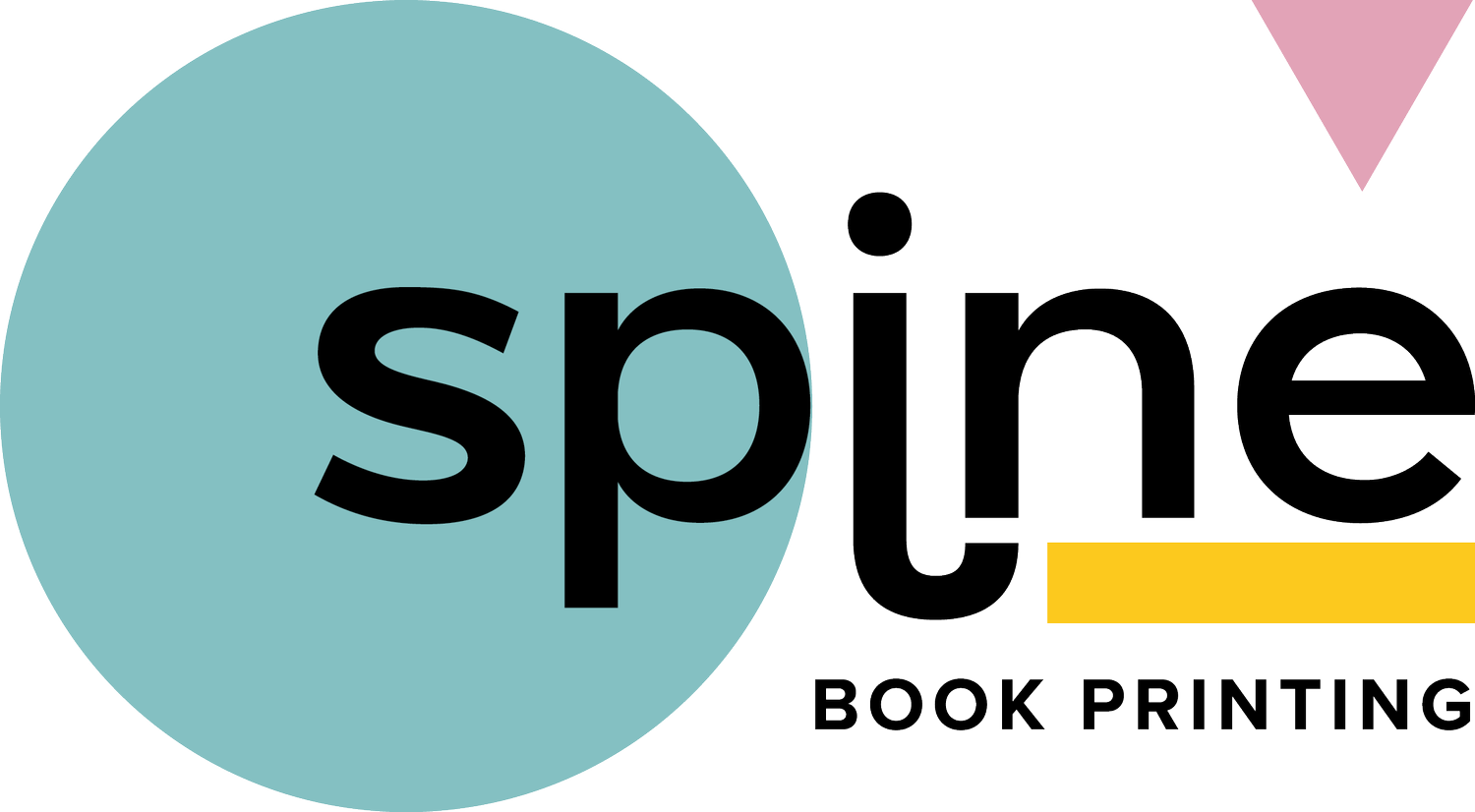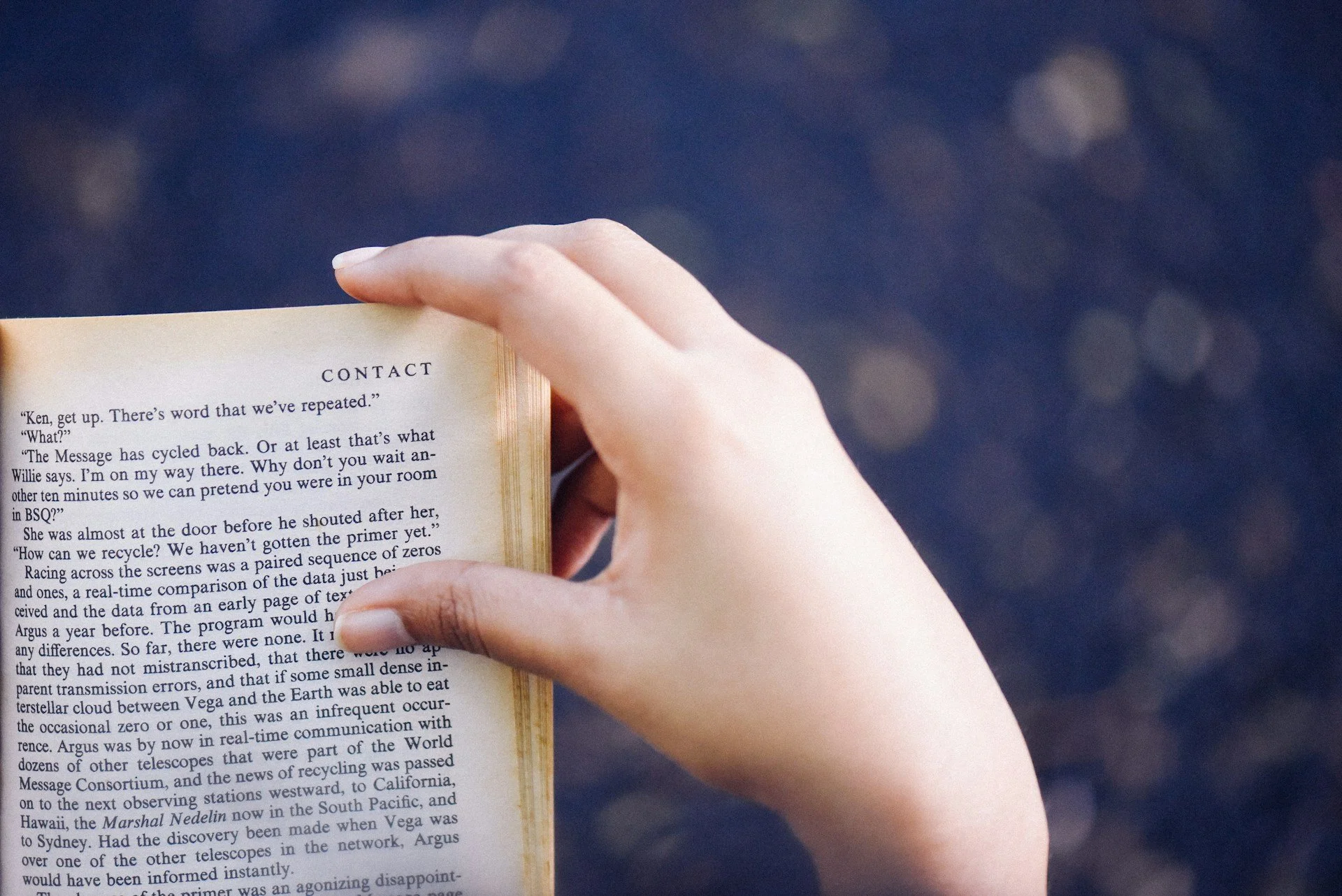Where to Find the Right Paperback Printer for Your Book Project
Finding the right paperback printer for your book project can be the difference between something you're proud to hold in your hands and something that falls short of what you pictured. Whether you're publishing a novel, a memoir, or a resource for schools, getting the print just right means paying attention to more than just price. It's about trust, consistency, and quality from start to finish.
Printed books are still very much alive, especially for self-published authors who want to present their story in a format readers can touch. The printer you go with plays a big part in not just how your book looks, but how it feels in someone’s hands. Binding, paper texture, finishing, clarity – all these pieces come together to create a final product that either impresses or gets tossed aside.
Researching Potential Paperback Printers
Your first step is to research carefully. Choosing the first name that pops up online is a gamble, so it's worth taking your time with this part. Read through websites and look beyond what they tell you. Check if they show actual examples of their paperback work. What do the covers look like? How neat is the binding? Does the book lie flat or feel stiff when opened?
A solid way to narrow down your list is by reading reviews from other self-published writers. Go through the good and bad ones. Writers who have already been through the process often leave useful details about their experience, like how simple the order process was, whether they had issues with delays, or how their book turned out once it arrived.
Word of mouth can go a long way too. If you're part of any writing groups or creative forums, ask about preferred printers. Chances are someone in your circle has already worked with a printer and can steer you in the right direction or warn you about someone to avoid.
Once you’ve got a list of possible options, keep notes. Jot down things like turnaround time, types of books they specialise in, and how easy they are to contact. Comparing all this info side-by-side can help you feel more confident when you decide who to go with.
Key Things to Consider When Comparing Printers
There are a few main areas worth comparing when you’re sorting through your list of printers. These parts can affect how your book turns out overall and how smooth the process feels from your end.
Here’s what to pay attention to:
- Materials and finishes: This includes paper type and cover finishes. Some offer a choice between smooth or slightly textured sheets, which changes the reading experience. Think about what suits your book’s tone best.
- Overall print quality: Look at past examples to see how sharp the text and images are. Colours should be even and not blotchy or faded, especially if you've got illustrations or a detailed cover.
- Printing methods and equipment: While you won’t be touring factories, some printers talk about whether they use digital or offset printing for paperbacks. It’s fine if you don’t know all the jargon – the finished sample speaks louder than the terminology.
- Customer service and help before ordering: A printer that responds quickly and clearly can save you a lot of stress. Whether it’s a question about templates or making a last-minute change, you want to feel supported.
- Cost and value: Price matters, of course. But the cheapest option isn’t always the one you’ll be happy with. Make sure you’re comparing what each cost includes. Some offer proofs or design help in the price, others don’t. Take that into account during budgeting.
Think about your priorities. If you care more about finish quality than fast delivery, it’s better to go with someone who matches that. On the other hand, if you’ve got a tight deadline, look into who has a track record of producing good work quickly.
Every printer will have their own strengths, so make a judgement call based on the kind of book you're printing and what you expect it to look like when finished. The better you match your needs with what a printer offers, the fewer surprises you’ll run into later.
Evaluating Sample Works and Proofs
Once you’ve narrowed down a few potential paperback printers, the next step is to see what they can actually produce. Most reputable printers will let you request a sample or proof of your book before placing a larger order. This is one of the best ways to check their work closely – how the pages are cut, how the text sits, how the spine holds up. Don’t skip this. Seeing a printed example in your hands is far more telling than anything listed on a website.
When you receive a sample, inspect every part of it. Look at how the colours come through on the cover, especially if you've included any design elements or photos. Open it up and flip through the pages. The paper should feel right for your genre – lighter for long reads, thicker for content with more visuals. Make sure the type is aligned properly too. Is the print clean and consistent? Are the margins even?
Pay attention to the binding. Paperback books should open easily without cracking along the spine or letting pages slip. Poor quality glue binding can affect long-term durability, especially for books sent through the post or handled in bookshops. Even small flaws can become bigger problems once you're scaling up orders, especially if customer satisfaction is your priority.
If you're happy with the sample, ask how they'd handle quantity changes or reprints. A good printer will be able to walk you through their process and offer advice about preparing your print files correctly to avoid errors.
Smart Questions To Ask A Printer Before You Commit
As you get closer to choosing a paperback printer, it’s helpful to ask key questions early. This can save you both money and hassle later. Some printers might work well for short-run books, while others only handle larger batches. It’s not always obvious on their site.
Here are some helpful questions to ask:
1. What’s your average turnaround time for paperback orders?
2. Can I make changes after submitting my print files?
3. Do you provide single or bulk proofs before full production?
4. How are your orders packaged to protect them during delivery?
5. What happens if there’s a mistake or quality issue with the final print?
6. Do you charge separately for setup, design checks, or amendments?
7. Are there minimum or maximum copy limits per order?
8. Do you offer template support or help getting files print-ready?
Try to get a clear idea of their revision policy. Mistakes can happen – maybe you missed a typo or the alignment feels off once you’ve seen the first copy in hand. Knowing how changes are handled after a proof adds peace of mind.
Open communication is important. Being able to reach someone quickly – by phone or email – saves time and helps you get answers when you're working toward a deadline. If a printer takes too long to respond to a basic question, that could be a red flag for future service.
Choosing the Printer That Fits Your Book Best
Choosing a paperback printer doesn’t need to be overwhelming, but it does take thought. Go back to your notes and recall what matters most for your book. If your project features illustrations or colour elements, lean toward a printer with a record of good visual output. If timing matters more, prioritise consistency and delivery above all.
Compare your shortlisted printers based on how they perform across quality, service, and flexibility. Look at more than price. Someone who provides helpful communication and delivers a well-made book could be worth more than a cheaper one who leaves you stressed later.
Your book is more than just printed pages. It’s something you’ve spent a lot of time planning, writing, and editing. Making the right choice at this stage protects all that hard work.
Pick a printer who aligns with the goals you have for your story, whether that’s to sell it, gift it, or keep it as a milestone in your creative journey. A good partnership with your printer makes everything easier from the first sample to the final delivery.
After weighing your options and considering the intricacies of book production, it's clear that choosing the right printer is key to your project's success. As you finalise this decision, consider exploring how a reliable paperback book printer like Spine Book Printing can support your vision. We offer tailored options to suit your specific needs and ensure your finished book feels every bit as professional as the story it tells.

